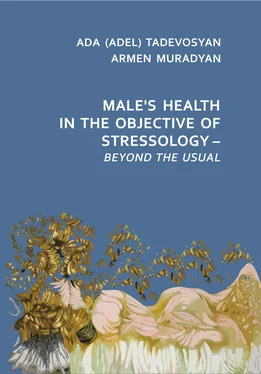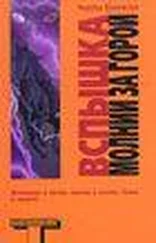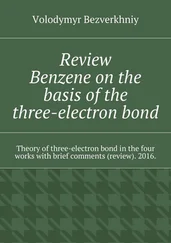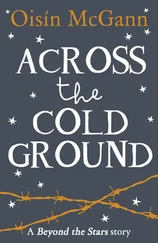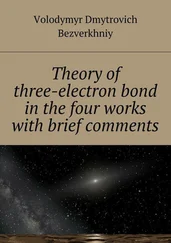The first mention about the cognitive aspect of mental stress is found in R. Lazarus work. He notes that only an interpretation of the fact or a situation makes the stimulus stressogenic. The evaluation attributed by the individual to a specific factor is the main intermediate variable between the stressor and the response. Defining stress as a situation whereby the requirements to a person are either a trial or something that exceeds his capabilities for adaptation, Lazarus concludes that even if a stimulus affects the individual through some sensorial or metabolic process, this process being stressogenic, the stressor response may fail to appear. A stimulus becomes a traumatic stressor only by virtue of the meaning ascribed to it by man. Therefore, an excessive stress can be initiated by the individual himself, by the one who ascribes sometimes the stressing characteristics even to the neutral stimulus.
This feature was already known to philosophers of the ancient world, who wrote: “People are frustrated not by an event, but rather by how they see it” (Epictetus). And Andre Gide wrote: “How wonderful life would be if we were content with some real disasters, not bowing to the ghosts and chimeras of our mind…”.
Usually three periods are distinguished after an injury:
The acute period can be considered up to 3 months.
Subacute period lasts up to 3–6 years.
Delayed or remote consequences can be extended for years, sometimes for the whole life.
Example from a husband’s story:
“I cannot understand why she did it now. We lost a child 3 years ago, she handled herself well. We have born a girl again. Life began to improve. And suddenly – she commits suicide, leaving a note: “I’m sorry. All this time, I tried to forget … every time embracing our second daughter, I see the face of my daughter, she looks reproachfully at me. I can no longer”… (from the suicider’s note).
Mental trauma is an act of the impact of mentally traumatizing event limited in space and time “there and then”. The traumatic event, having become the content of consciousness, in the course of time can be repeatedly manifested as unprompted flashbacks or initiated by the individual himself anywhere, anytime and in any situation. Its strength and meaningfulness can be amplified by the imagination, which manipulates the traumatic experience, moving it in time, expanding by connecting other people and events. Thus the state of traumatization develops, the core of which is the so-called in psychology and psychoanalysis “trauma body”. At the level of consciousness the “trauma body” (psychoanalytical term) or a traumatic constellation (neuro-physiological term) has a basic quality – the quality of attracting everything that can be tied up into a “single unity” and comprise a traumatic reality.
The latter does not already have clear space-time boundaries. Man “starts to live” not in the objective reality, but rather in the subjective post-traumatic one. Each time when activating that reality, man lives all through again with the whole complexity of the sensory perception of the traumatic injury, the somatovegetative symptomocomplex, supplemented with the affectivity of the moment and the behavior of the traumatized man during the traumatic injury. As a result, the act of “mental trauma” goes over into a “condition of mental traumatization” converting acute stress to chronic. The condition of chronic traumatization is manifested by anxiety, strain or asthenia.
Traumatization is a process, which starts from the sensory triggering factor (a psycho-traumatizing event) and going on when the system generates certain traumatic constellations based upon the A. Ukhtomsky’s dominant (A. Tadevosyan, 2000). The peculiarity of traumatic stress is its ability to retain stressful events in the form of a psychic echo – “echo-stressor” known as flashbacks. “Echo-stressors” can be of different types depending on the mechanism of origin and development (A. Tadevosyan, 2002). A common feature of all varieties of flashbacks is automatism , i.e. they can emerge from the memory anywhere, anytime and in any situation, regardless of the consciousness and desires of man. This category of mental phenomena is caused by the memory capacity to imprint individual sensory perceptions or entire situational events (gestalts).
This category of mental phenomena is conditioned by the activity of mirror neurons and the mechanism of eidethism of the SPA, the ability of memory to imprint individual perceptions or whole situational events, including the feelings, thoughts and behavior of the person himself.
We have singled out several variants of flashbacks – “echo-gestalts” :
• sensory;
• convulsive;
• somatic;
• painful;
• cognitive.
Sensory echo-stressor (sensory flashback) . Traumatic dominant (constellation) occurs immediately, without a period of formation. A traumatic event is retained in memory in the form of pictures, situations or fragments of those situations that took place in reality. This phenomenon comes up unprompted. Considering the holographic concept of the memory and psyche, it is clear that “a fragment of man’s life” reflecting a traumatic event retains the spatial and temporal characteristics of the trauma moment and the whole complex of sensations and emotions. Most probably all this happens through the mechanisms of eidetic memory. Neuro-Linguistic Programming (NLP) makes it possible to determine which information channel is preferable for this or that person.
Based on NLP data it is possible to pre-determine the kinds of flashbacks that can develop in a particular individual in cases of traumatic stress. This “mould” (gestalt) of reality has a capacity to break into the current everyday life, pushing aside the current moment, and so a person starts to live, go through and act in accordance with the echo-reality. Having come up through the mechanism of association, this flashback possesses strength of the real event changing the clarity of consciousness into a psychogenic fuzzy consciousness, making a person lose his bearings in the real situation. This is the analog of hallucinatory illusory experience of epileptic twilight disorder of consciousness (mental equivalent). The individual can hear, see, smell the traumatic “echo-reality” in all variations of features, which is manifested in the common stressor response. As distinct from epileptic twilight, the content of traumatic twilight disorder of consciousness is stereotypic, it repeats in every detail the traumatic reality. The psychic equivalent involuntarily emerging from the memory, can change the mood, behavior that become inadequate to the reality, but adequate to the content of traumatic experience.
Examples .
1. Patient K. used to drop to the floor and crawl to a wall every time she heard a buzz of a flying plane. Squeezing herself in a corner or under a table she stayed there until the buzz ended. Her face showed fear; she was trembling, sometimes grappling her head and lamenting: “Again bombing, again bombing…”
These conditions emerged six months after the fears experienced during “Grad” bombings in Karabakh and moving to Yerevan.
2. Patient M., a survivor of the Spitak earthquake, each time during high wind used to run out of her apartment down the stairs screaming: “Earthquake!!!”. She lived on the 9 th floor. In this state no one could stop her or make her change her mind.
3. Patient T. lost his 9-yearold son in the earthquake. 12 months later he applied to the Center “Stress” on account of his condition that scared him and made him think he was going mad. He said that almost every day he heard his dead son talk to him. Walking along the street, “… clearly saw the son either walking or playing in the street or running to meet me”.
Читать дальше
